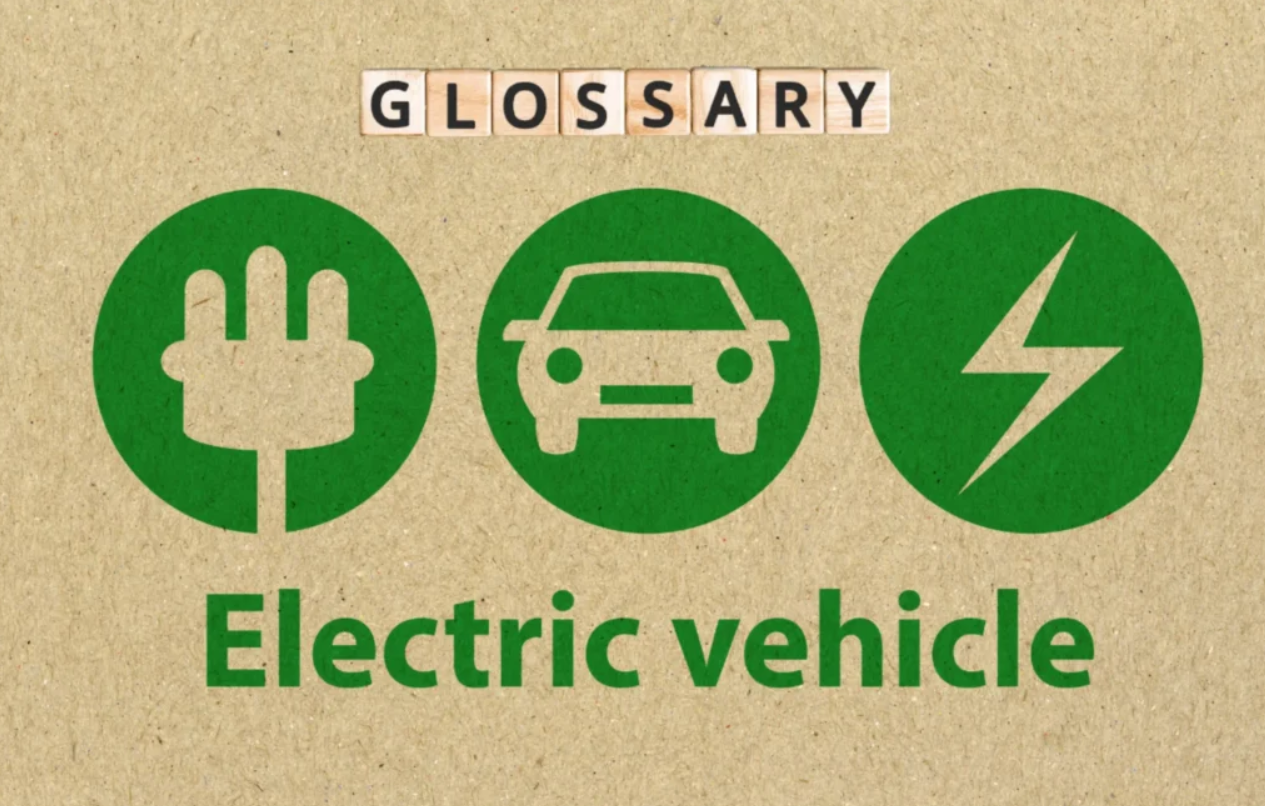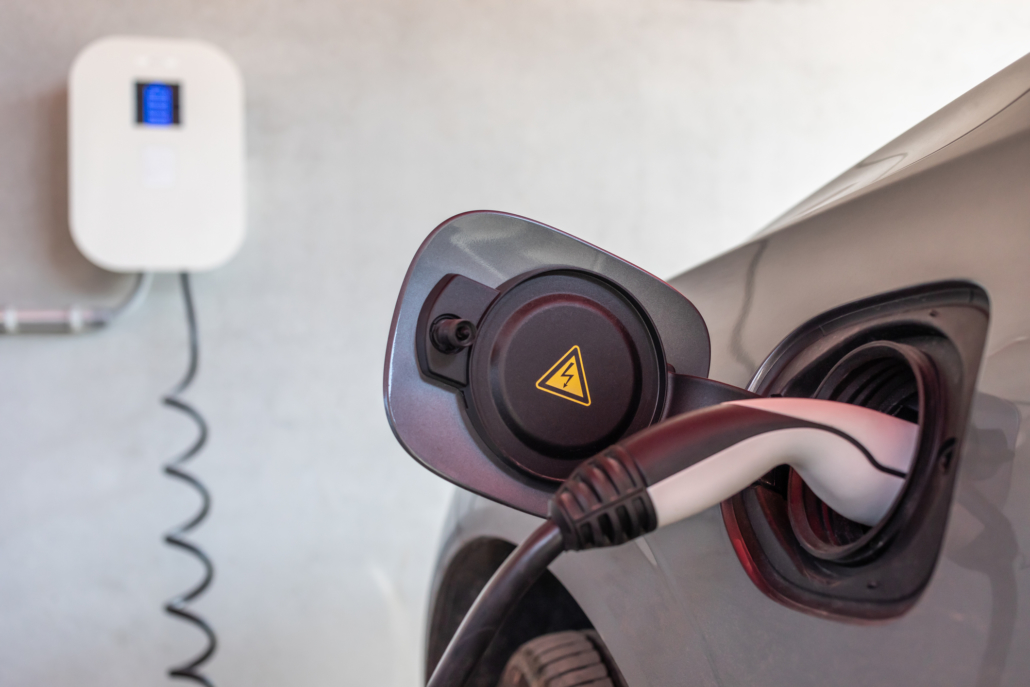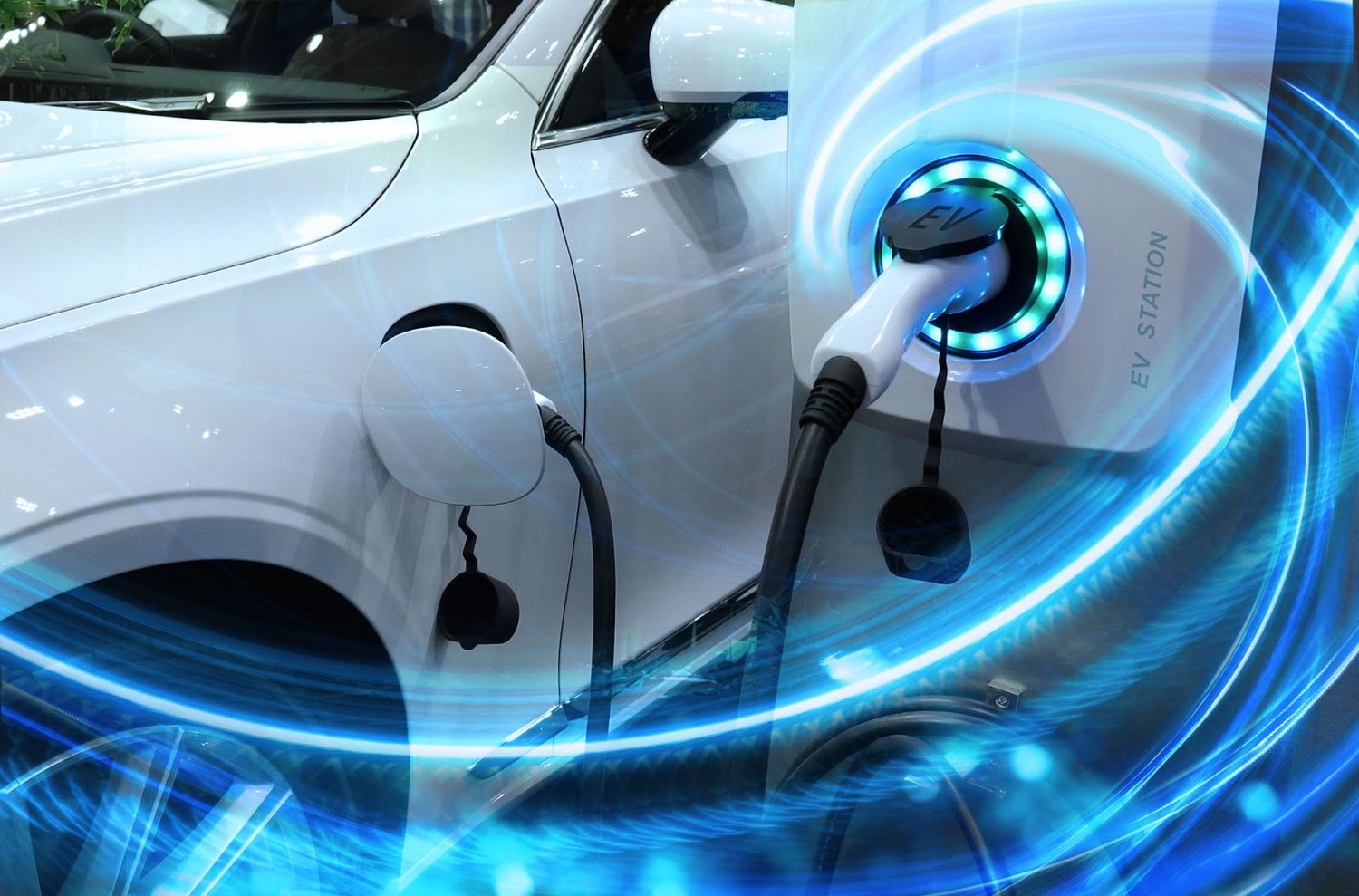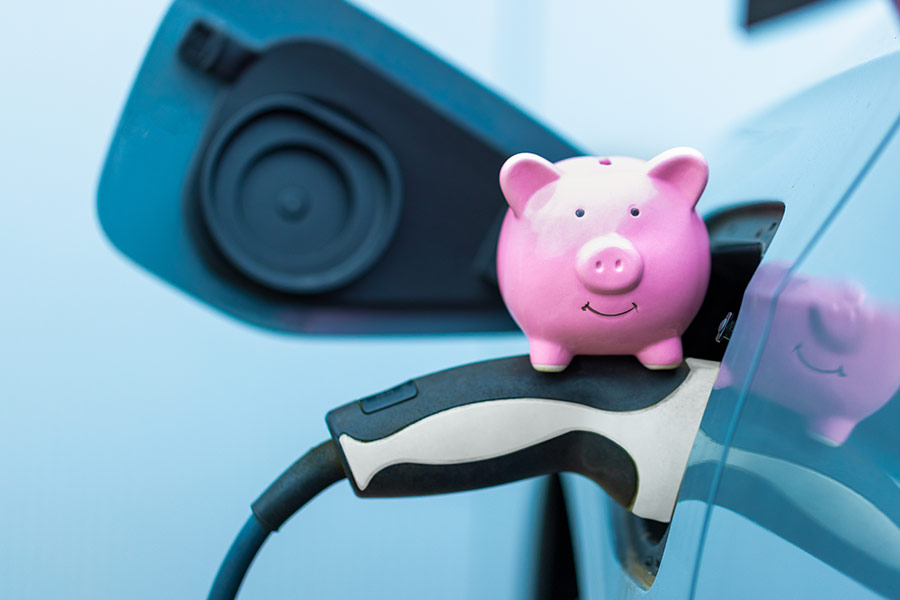As electric vehicles (EVs) and their accompanying technologies continue to evolve, so does the unique vocabulary related to EV charging. If you are new to the world of EVs, or find yourself bewildered when charging your car at electric charging stations or with an EV home charger, this article will help you understand the EV charging terminology. Let’s dive in!
Electric Vehicle Charging Basics
When it comes to charging an electric vehicle, various terms are often tossed around. Two of these that you may encounter often are ‘Farad’ and ‘Coulomb.’ Before we delve into what these mean, let’s first familiarize ourselves with the basics of EV charging.
When you plug in an electric vehicle to a home charging station or at public electric charging stations, you are supplying the vehicle’s lithium-ion battery with electrical energy. This energy is stored and later used to power the motor that drives the car.
The Role of Coulombs
In the context of charging your car, ‘Coulomb’ relates to the electric charge the EV’s battery can hold. Named after famed French physicist Charles-Augustin de Coulomb, a Coulomb is a standard unit of electrical charge.
In terms of your electric vehicle, think of a Coulomb as a unit that can be filled up. In other words, when an electric vehicle’s battery is described as having, say, ’60 Coulombs of electricity,’ this means that 60 units of electrical charge have been delivered to that battery.
What are Farads?
A ‘Farad’ is an international standard unit that measures capacitance—how much electric charge a capacitor can store at a given voltage. Named in honour of the pioneering English scientist Michael Faraday, a Farad is often used in the electronics industry to aid the design of circuits and systems.
Although less frequently used when discussing electric vehicle charging, understanding what a Farad is can provide a broader knowledge of the general principles of electricity and charging.
Bringing It All Together
In essence, when you’re charging your car, a coulomb can be thought of as a bucket, and every time you’re charging, you’re filling up these buckets (coulombs) with electrical energy. The ‘Farad’ is the measure of how many buckets each circuit in your EV can hold.
Conclusion
As more people around the world switch to electric vehicles, an understanding of EV-related terms like ‘Coulomb’ and ‘Farad’ will become more mainstream. By familiarizing yourself with EV charging terminology, you will be better equipped to understand both the technology that powers your EV and the methods used to charge it at charging stations or your home charging station. This knowledge will aid you in the journey of owning an EV and will help you make the most of EV technology.




